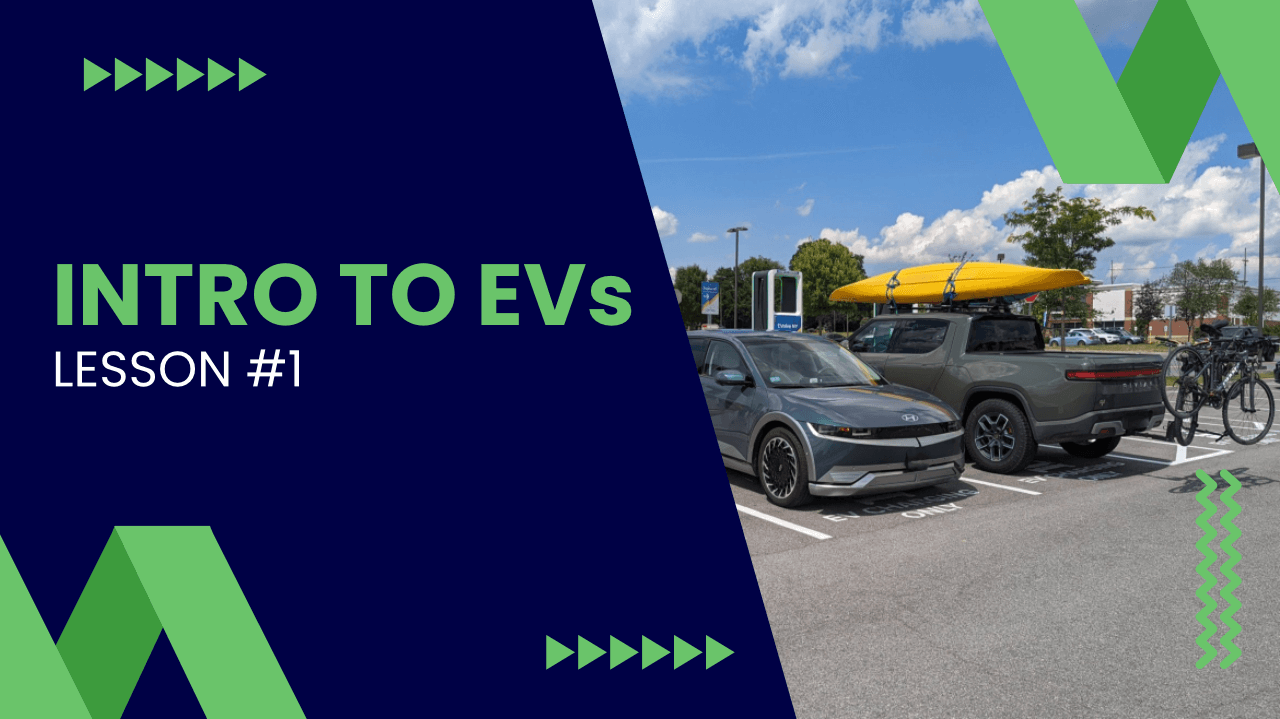EV Range Guide: How Far Can You Go?
January 22, 2024

Steve Birkett is an electric vehicle advocate based in Greater Boston, Massachusetts. He is a content creator and marketing professional who contributes written and recorded pieces to a wide range of media outlets. His analysis has been featured in Find The Best Car Price, WWLP TV, and Torque News, among others. He has also had video content featured on Inside EVs. Birkett was an EV Guide for Plug in America events in Massachusetts (Drive Electric Cambridge and Drive Electric Lowell) and Ohio (Earth Day 2019 at Cleveland Zoo). He participates in quarterly advisory panel meetings for EVolve New York (a state-level charging initiative) and has contributed to focus groups for prominent U.S. charging networks.
Birkett is a father-of-two who loves nothing more than packing up the family and hitting the road in their latest electric car, which is currently a 2022 Hyundai IONIQ 5. With multiple Chevy Bolts in his past, as well as a Chevy Volt and Tesla Model 3 LR in the extended family, plus various EV rentals when he ventures back home to his native United Kingdom, Birkett has more than 100,000 all-electric miles under his belt and is always ready to try out a new electric vehicle.
For press inquiries, contact steve@findthebestcarprice.com
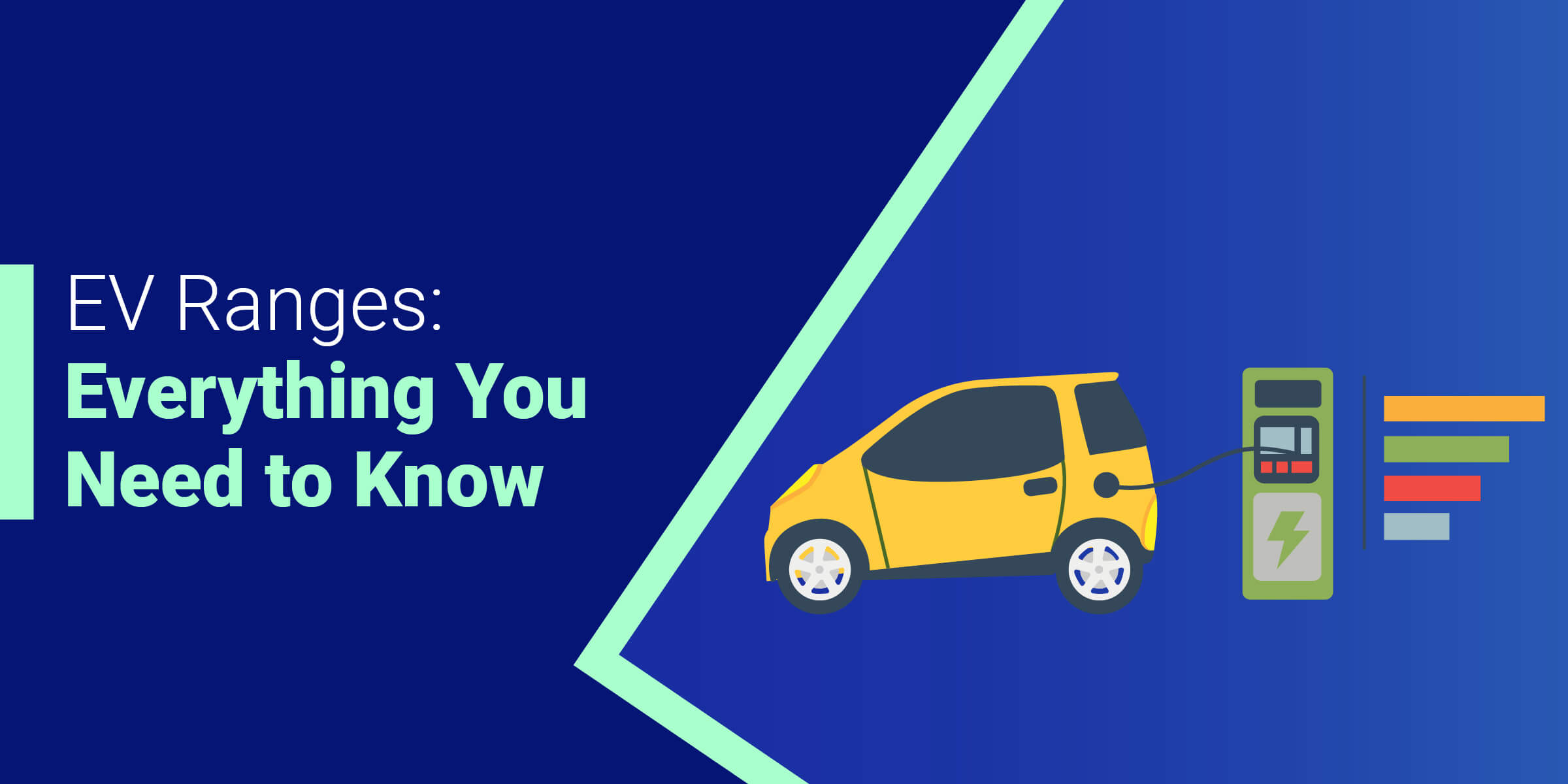
“I would get one of those electric cars, but I’d be worried it would run out of charge in the middle of the road!”
This is probably something you’ve heard from a friend or family member at some point regarding electric vehicles. But is this hesitation based on reality?
In a way, yes. An all-electric car will inevitably run out of charge at some point, just like a car that runs on gas will eventually run out of gas. It all comes down to the driver understanding the vehicle’s capabilities and knowing where to find fuel, whether it’s liquid or electric.
To ensure you know what the car can do and don’t push an EV’s charge too far, here’s everything you need to know about the range of electric vehicles.
Table of Contents
- What Is Electric Car Range?
- What Is The Average Range Of An Electric Car?
- Which Electric Car Has The Longest Range?
- What Factors Affect EV Range?
- What Does It Cost To Charge An Electric Vehicle?
- What Is Level 1 EV Charging?
- What Is Level 2 EV Charging?
- What Is EV Fast Charging?
- How Fast Does An Electric Car Charge?
- Best EV Deals by Type
What Is Electric Car Range?
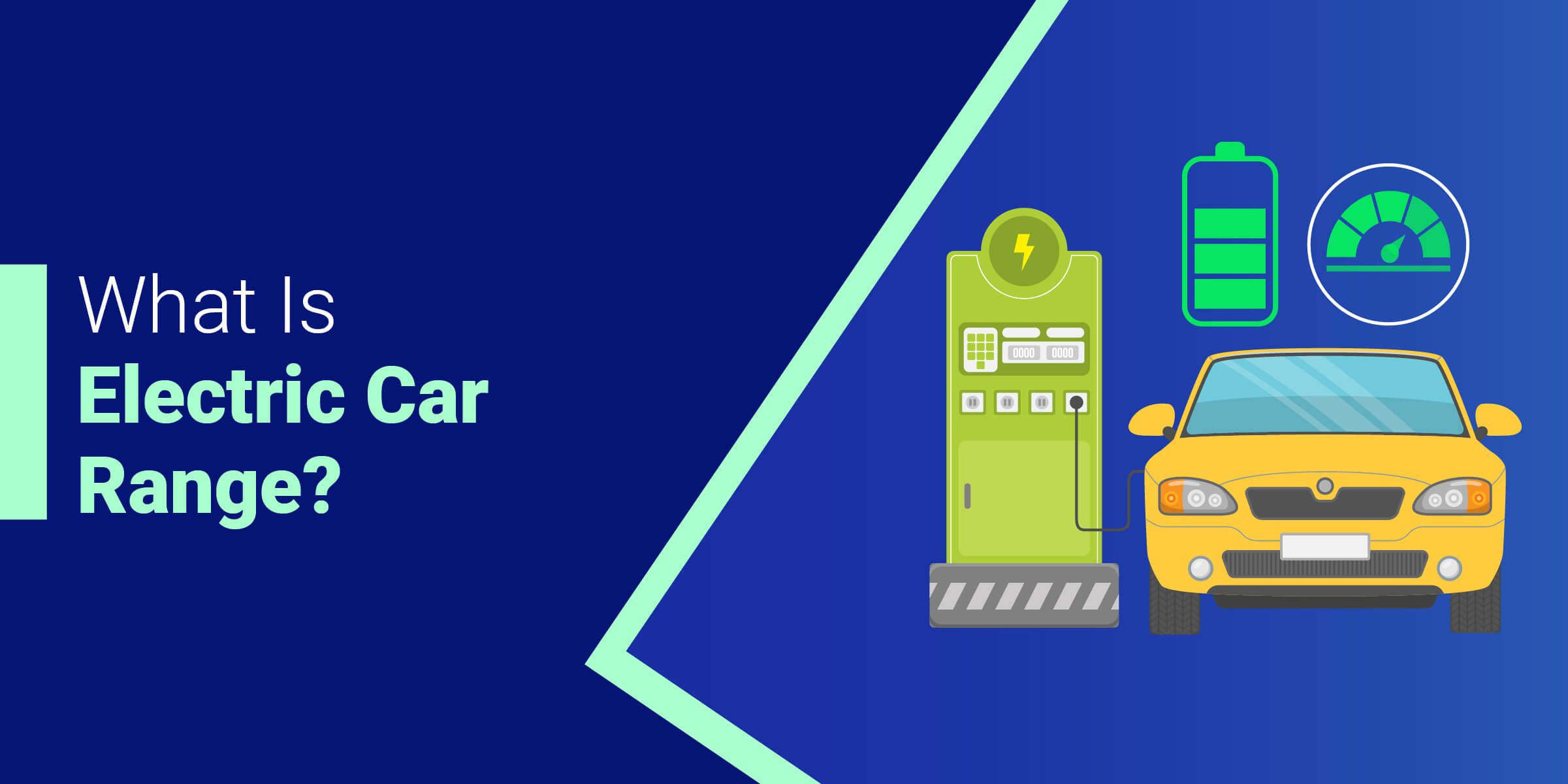
When we talk about electric car range in this instance, we’re talking about the distance that the energy stored in the EV’s battery can take you.
Note that this distance varies depending on many factors. Speed and outside temperature play the biggest roles in changing range, while other factors such as elevation changes, climate control use, and the weight of passengers and cargo also influence how far a car can go.
For the purposes of this article, range estimates are based on the EPA test cycle, which simulates mixed driving conditions. Most electric cars see range numbers below the EPA number when traveling at highway speeds. Conversely, around town and in traffic, most EVs will exceed the EPA estimate.
What Is The Average Range Of An Electric Car?
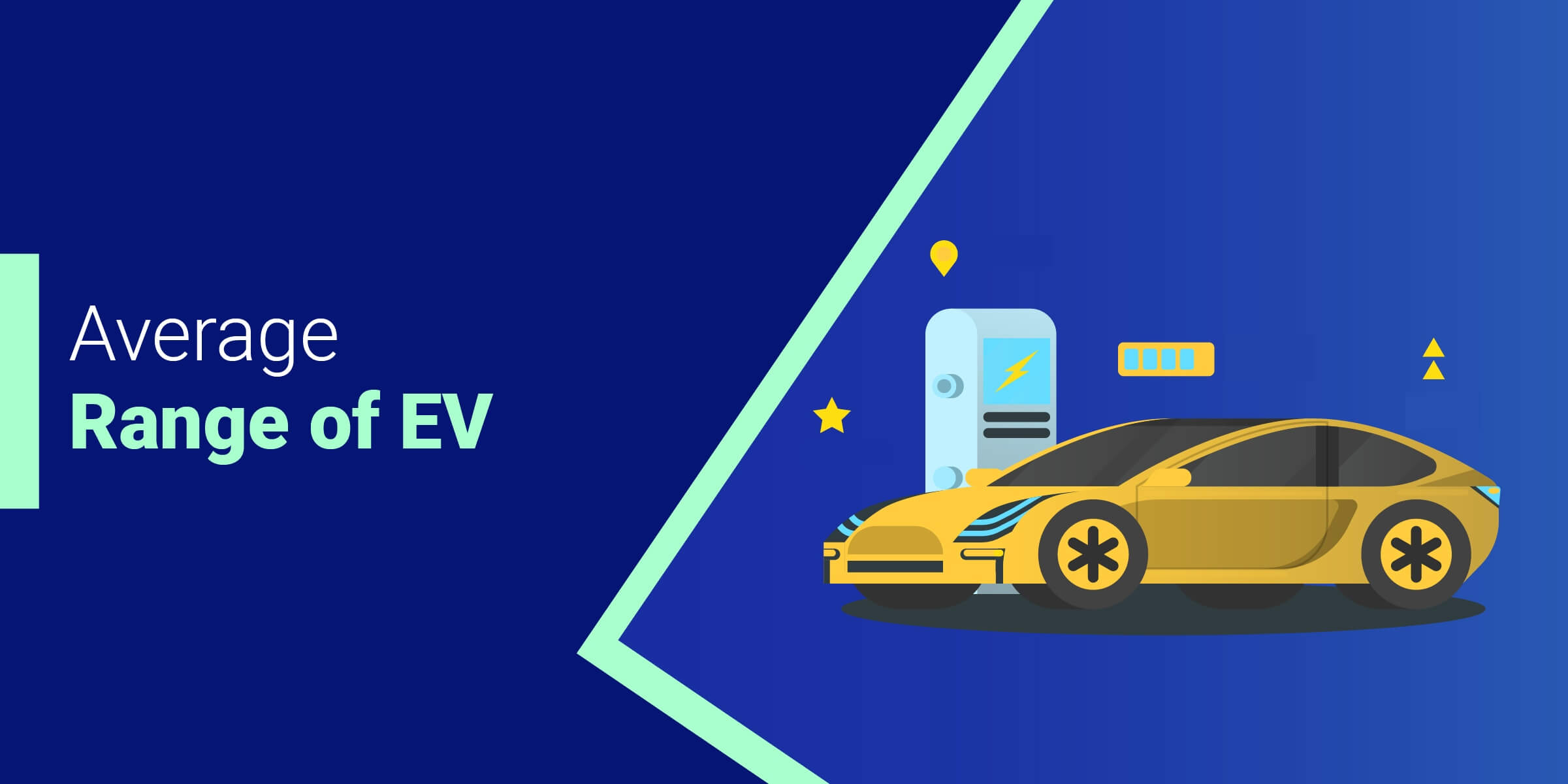
The average range for an EV in the United States was 291 miles in 2022, according to data from BloombergNEF and the International Energy Agency (IEA).
As you would expect, the spectrum of EV range is wide when it comes to the latest electric vehicles. Some older models continue to offer smaller batteries to remain affordable, which equates to less range, while pricier new options like the Lucid Air have set new records for the distance its owners can travel on a single charge.
On the low end of the range, options like the Mini Cooper SE offer only 114 miles of EPA range from a 32.6 kWh battery pack. The most affordable Nissan LEAF only slightly beats the MINI, with 149 miles of EPA range from a larger 40 kWh battery pack.
At the top end of the range spectrum, the Lucid Air Grand Touring sets the latest record with 516 miles of EPA range from a 118 kWh battery pack.
Which Electric Car Has The Longest Range?
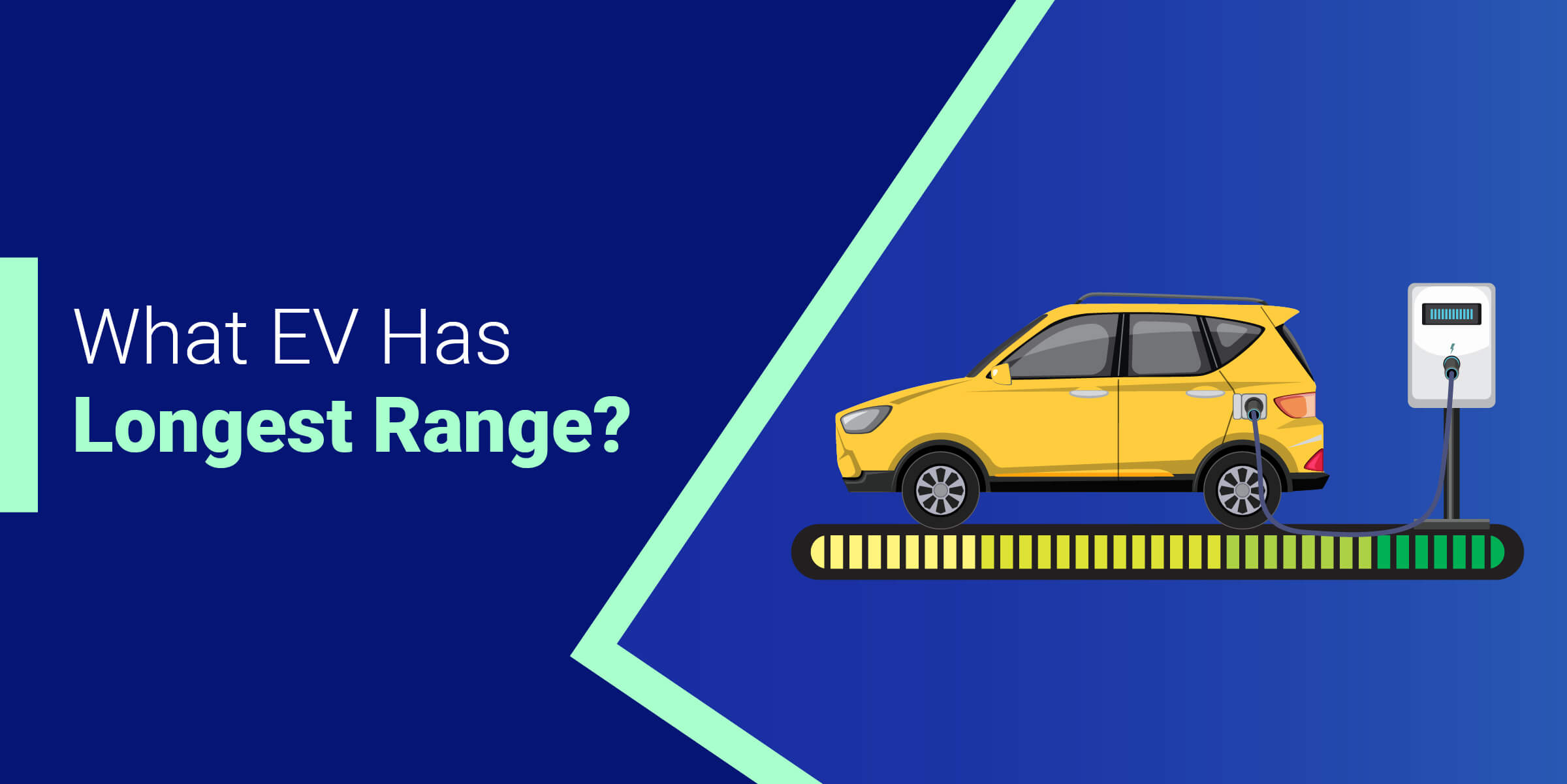
At the time of publishing, the electric car with the longest range is the 2023 Lucid Air Grand Touring XR AWD with 19-inch wheels, which delivers an impressive range estimate of 516 miles per charge.
Away from the slippery aerodynamics of the sedan shape, other vehicle segments still claim solid range numbers. In the truck segment, the Chevrolet Silverado EV delivers 450 miles from a 200+ kWh battery pack. In the large SUV category, the Rivian R1S, with its Max Pack configuration, claims 400 miles of all-electric range.
What Factors Affect EV Range?
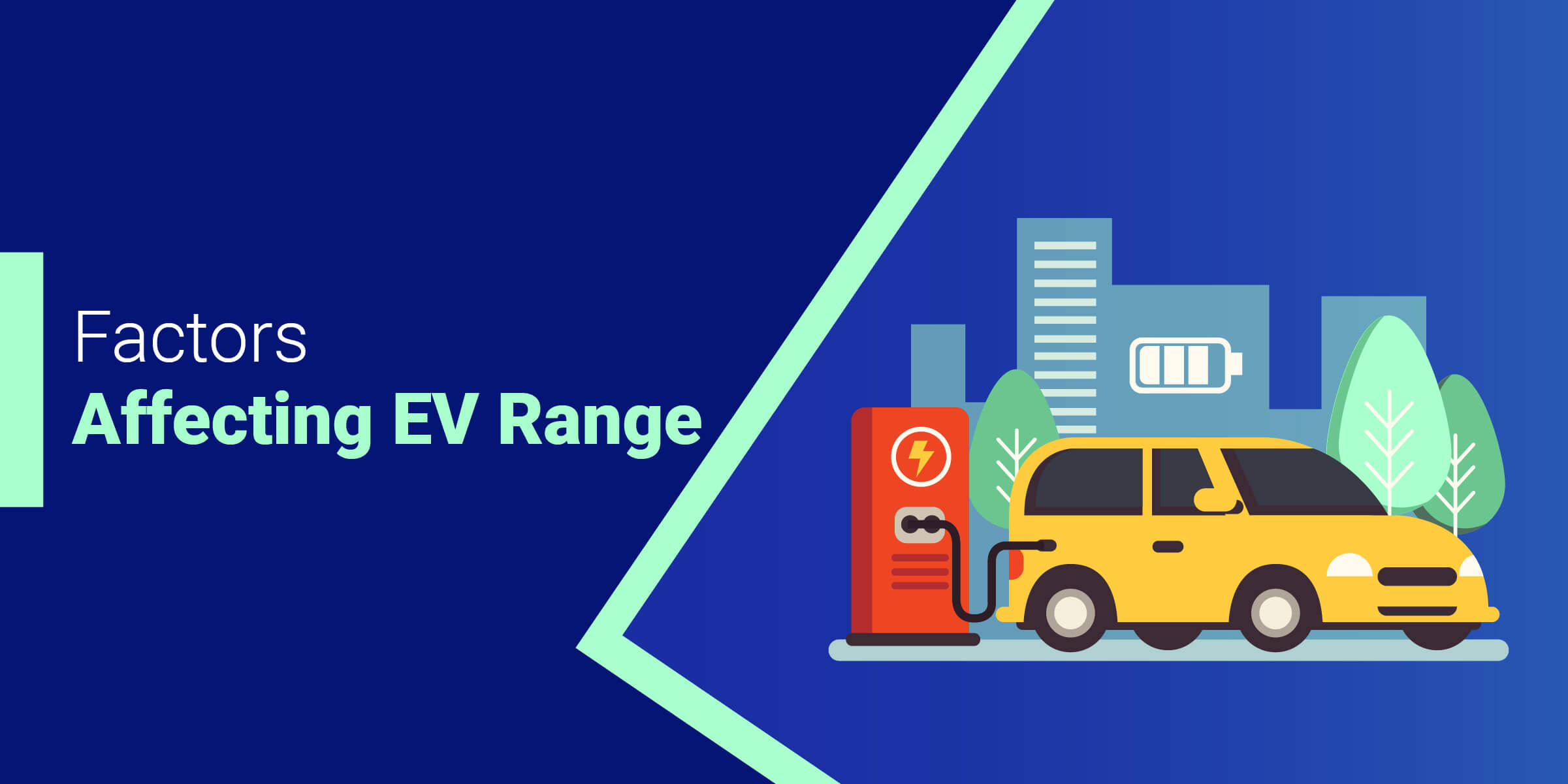
There are a few different factors that can affect an EV’s range. Some are temporary; others are permanent.
These factors include:
- Battery age- Batteries lose their ability to hold a charge as they age. An electric car that’s a few years old may have a shorter range than a brand-new EV.
- Road conditions/topography- Going uphill on a rocky road takes more power than going downhill on smooth pavement. Your EV’s range will likely decrease as road conditions deteriorate.
- Weather- Driving against severe wind can cause your battery to work harder, leading to less range.
- Temperature Extremes- Like humans, batteries prefer moderate temperatures in the 60-80F range. In extreme cold or heat, the range will decrease due to heating/cooling requirements and slower chemical reactions in the pack when it’s cold.
- Tire pressure- If your tires are in poor condition or are nearing flat, you will get less mileage from a charge in your EV.
- Driving style and speed- The faster you go, the more energy you need, and the shorter your EV can go on a charge. This is also true of drivers who love speeding up and slamming on the brakes.
- Load- The more you’re hauling, the shorter your EV charge will last you. This is also true of heavier vehicles, especially when passengers and cargo are loaded up.
- Air conditioning- Just as with internal combustion engines, EV batteries are more quickly drained by heavy use of HVAC systems. This applies to both cooling and heating.
What Does It Cost To Charge An Electric Vehicle?

There are two primary ways to charge your electric vehicle: at home or at a public charging station. Each comes with different costs.
The cost of home charging comes down to your utility bill.
How much do you pay per kWh once generation and delivery are factored in, and are there any peak/off-peak times when that pricing will vary?
Once you know your rate per kWh, simply multiply that number by the capacity of your EV’s battery pack and you have an approximate price per “fill-up”.
For example, a Chevrolet Bolt EV has a 65 kWh battery pack. With the national average electricity price of $0.16 in 2023 as our price per kWh, here’s the simple cost calculation:
$0.16 per kWh x 65 (kWh capacity in Bolt EV battery pack)
= $10.40 for a full charge
We say “approximate” because there are some losses to charging and scenarios where you might want to use a little extra juice from the wall even when your EV is charged, such as warming the cabin while plugged in on a cold morning.
Charging in public is typically a little more expensive than charging at home, especially for high-power, direct current fast charging (also known as DCFC).
Prices for these more convenient yet costly chargers typically range from $0.35 to $0.50 per kWh, which puts the cost closer to $20-30 per charge.
Note that location is key in this calculation. Electricity rates across the United States range from as low as $0.10 per kWh in Idaho to $0.28 per kWh in California and Massachusetts, while even individual towns and cities can have their own municipal rate, which makes it important to assess home charging costs based on your specific use case.
If you're planning a road trip and need a useful guide on EV charging stations, check out our post >>
What Is Level 1 EV Charging?
Level 1 charging, typically using 110-120 volts, is the slowest and most readily available form of electric vehicle (EV) charging. It uses the standard AC electrical outlet that you’ll find at home to charge an EV, typically via an inexpensive portable charge cord that often comes with the vehicle.
This basic form of EV charging delivers approximately 2 to 5 miles of range per hour, depending on the EV being charged and how much battery capacity it has. For that reason, it works best for new EV buyers as they wait for a more powerful (level 2) charging option to be installed. Level 1 charging can also work for drivers with a low daily mileage requirement, such as those who work close to home or retirees in areas where the amenities they need are close by
Level 1 charging is the most widely available type of EV charging and requires no additional installation or equipment other than the EV's standard charging cable, which is usually provided with the vehicle.
However, due to the slow charging speed, it is not recommended for regular daily charging needs, especially for EV owners with long commutes or high mileage driving.
What Is Level 2 EV Charging?
Level 2 charging, typically using 220-240 volts, is the most commonly used form of electric vehicle (EV) charging, both at home and in public. It uses higher-powered AC electrical outlets that you’ll find at home for dryers and other high-power appliances.
This form of EV charging delivers approximately 20 to 30 miles of range per hour, depending on the EV being charged and how much battery capacity it has. Therefore, it is a significant upgrade on level 1 charging through a portable charge cord.
Level 2 charging often requires additional installation or equipment beyond the standard charging cable that often comes with the vehicle. Level 2 charging is recommended for regular daily charging needs, as it can fully charge a battery overnight in most cases, giving the EV owner full range for the next day of driving.
What Is EV Fast Charging?
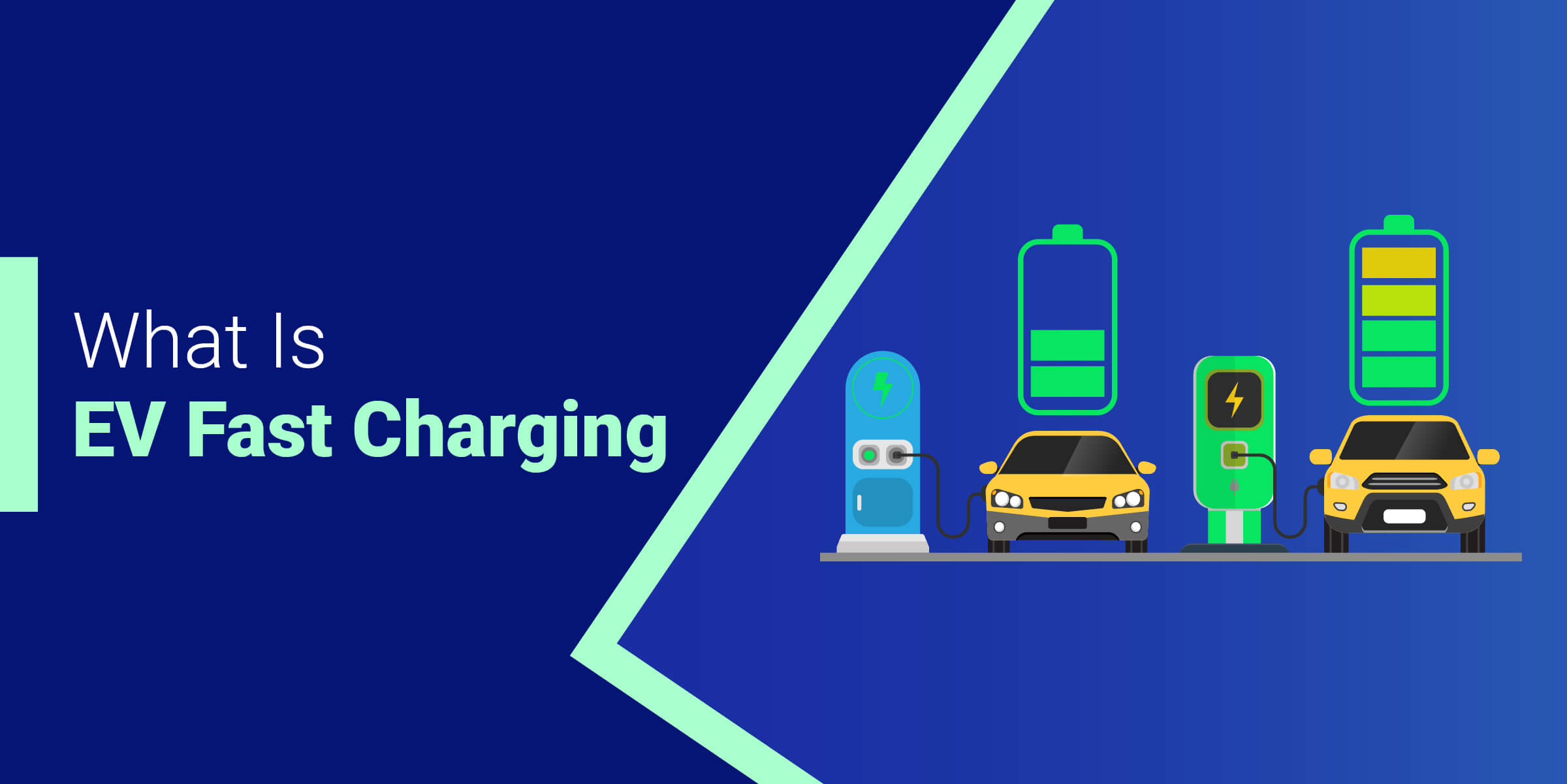
EV fast charging is usually seen as the third level of EV charging, after level 1 charging and level 2 charging.
However, it is most commonly referred to as DC fast charging (or DCFC) rather than level 3 due to engineering considerations.
Fast charging uses direct current (DC), rather than alternating current (AC) battery, to deliver power straight to the battery, bypassing the vehicle's onboard charger.
This permits the faster charging time that makes DCFC suitable for long-distance travel or rapid charge sessions for EV drivers who don’t have time for slower destination charging.
DC fast chargers provide charging power up to 350 kilowatts (kW). How much of that available power is used depends heavily on the model of the EV and how it handles this type of charging.
On a 350 kW DC fast charger, the most capable EV models can charge from 10% to 80% in less than 20 minutes, adding hundreds of miles in that time period.
Older EV models and DCFC stations are limited to sub-100 kW charging, which can take 45 minutes to achieve similar fast charging results.
DCFC stations tend to be located along major highways and in urban areas with significant amenities, such as retail centers.
Because they are more expensive to install and operate than level 2 charging stations, the cost to charge is typically 2-3x higher.
For that extra fee, fast charging stations provide a quicker, more convenient charging option for EV users who need to get back on the road quickly, such as long-distance travelers and rideshare drivers.
How Fast Does An Electric Car Charge?
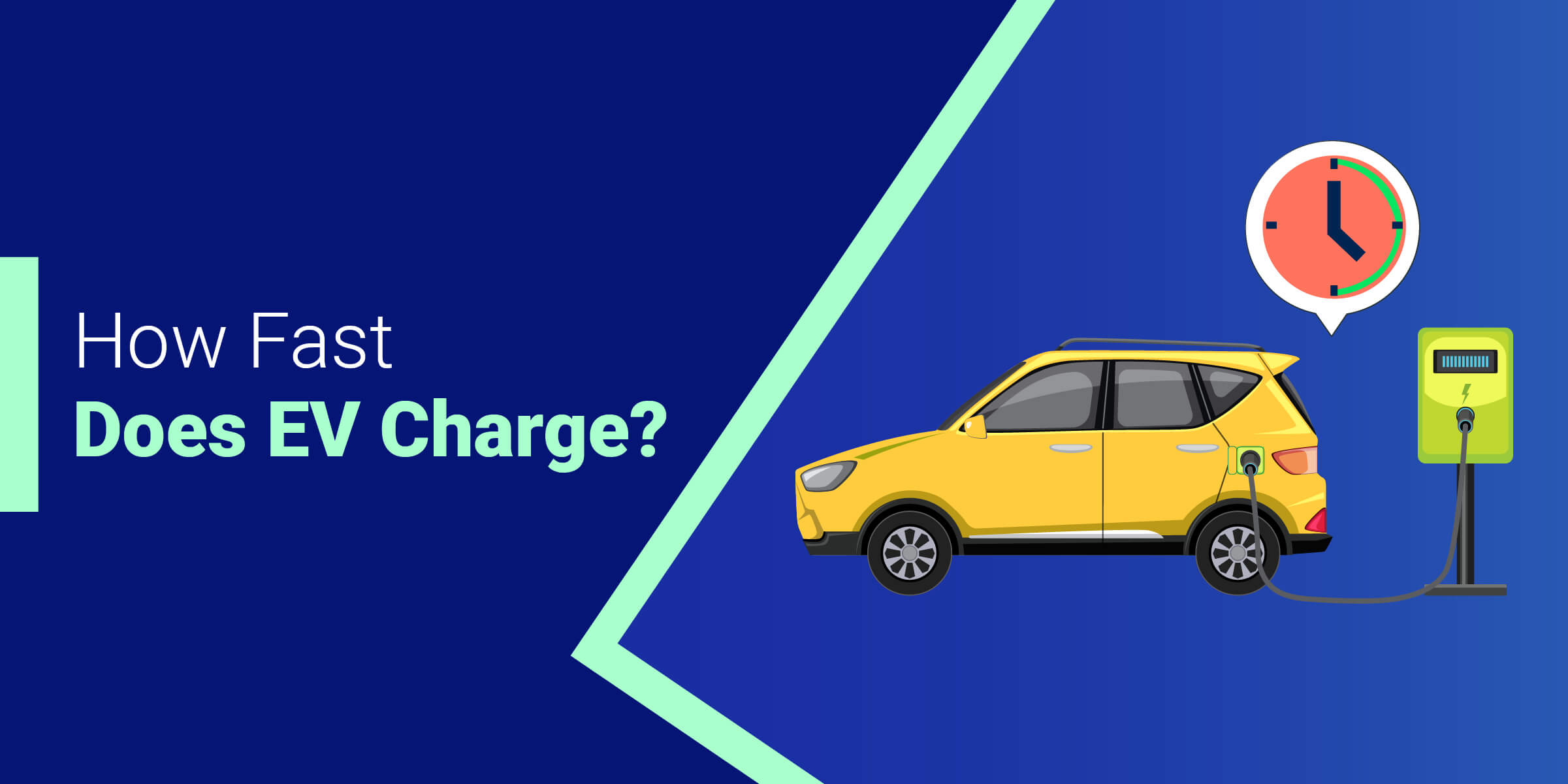
Here are some approximate 10-80% charge times for different levels of EV power, based on an average pack size of 75kWh:
- 50kW - 60 minutes
- 100kW - 30 minutes
- 150kW - 20 minutes
- 200 kW -15 minutes
For EV drivers choosing slower level 2 charging, speed and charging time become less of a factor as the vehicle is typically left parked overnight or while doing other activities that take several hours.
Best EV Deals by Type
Posted in Electric and Hybrid Vehicles |



